Motivation, Process and Child Development
Experts representing child development, education, health, kinesiology, playground design, and child injury litigation responded to the question: Why do children climb? Children climb for fun, enjoyment, challenge, the sense of danger, and to access the top for success and observation. They climb to explore, gain new perspectives, access play options, play chase, engage in make-believe play, respond to parent and peer challenges and encouragement and to compete with peers (Frost, et al, 2004). They also climb to learn. Children are wired to learn and learning by climbing carries benefits in skill development, health, fitness, and injury prevention.
All healthy children are born to climb. They climb for the same reasons that fish swim and birds fly. Soon after birth, children employ built-in natural instincts to seek, see, explore, touch, and move objects and build mental and physical capabilities leading to initial climbing skills. Basic principles of child development, supported by decades of research, are at work here. All children are unique. Similar patterns of neurological functioning and consequent behavior allow general conclusions about child development, but novel patterns of cognitive, physical, and social experience form individual differences in children. Climbing behavior is no exception. The primitive tools for climbing and many other skills are present at birth, but growth and elaboration of these early skills depend upon use.
Developmental Progression of Climbing
Babies crawl and explore every object in reach. Toddlers learn to walk and “cruise” haltingly and discover toys, furniture, and climbable objects. They investigate every accessible object and search for new sensations, sources of pleasure, and satisfaction of curiosity. Early climbing behavior follows predictable developmental processes – reaching, touching, rolling, pulling up, balancing, sitting, crawling, holding on, standing with support, and eventually grasping, stepping up and pulling to higher levels, walking, and running. This is natural and developmentally appropriate — with safety caveats. During early stages, the play environment should be carefully assessed for toddler safety and carefully monitored by adults. Unsafe objects are removed or secured from climbing and falling, and reasonably safe play materials are added – both indoors and outdoors. As children gain experience and development, monitoring is relaxed and new challenges are introduced. Risk is valued but minimized and carefully monitored as infants, toddlers, and pre-school children develop basic, rudimentary climbing skills.
In elementary school, children employ climbing and related skills in mastering construction play, symbolic play, organized games, and pleasurable forms of work. During each stage, they are learning new skills for thinking, exploring, and climbing. Neuroscience and related sciences confirm that play, including climbing, builds fitness, brains, and bodies and promotes general health across generations. Climbing playground equipment, trees, fences, and other objects promote strength, confidence, vestibular stimulation, perceptual-motor skills, creativity, and neuromuscular development. Imaginative play and associated activities, such as planning, constructing, accessing, and using dens and tree houses, engage experiential learning and executive functioning (neurological skills for mental control). The instinctive bond (biophilia) existing between humans and other mammals is perhaps best expressed and enriched in opportunities to play outdoors in nature.
With experience and development children attempt to scale any object in range – indoor furniture, steps, boxes, tables, outdoor hills, fences, playground equipment, and low natural features such as logs. From the beginning, they may stand by, observe older children climb, and appear to reflect about trying to climb equipment that older children are climbing. Eventually, neophytes enter the play fray and set about to climb — one step at a time. In a rather clumsy way, they reach for bars, knobs, limbs, or edges to grab and step up on, and then they begin to climb one step at a time, often falling a few times before reaching the ultimate goal — the top of a deck, hill, or boulder, the handholds for an overhead bar, or the access to a slide or tunnel. Getting down poses yet another challenge and may require adult encouragement or assistance. Individual differences in children’s skill levels related to limited play experiences, excessive sedentary cyber play, excessive fear, motor and emotional disabilities, and overprotection by adults should be identified and remedied early.
Outdoor preschool playgrounds for ages two to five are typically designed to be sequentially more complex and challenging to match the continuing development of physical skills of preschool climbers. For example, climbers such as overhead ladders, installed at a lower height, less than 60 inches high for preschoolers versus less than 84 inches maximum for older children, installed in loose protective surfacing with resilient take-off steps results in the early development of skills needed to master the more complex natural and built challenges to follow. If climbers are available and allowed by adults, three-year-old children of normal weight choose to climb and traverse (brachiate) overhead ladders. Only obese children are typically unable to do this. Failing to develop basic intuitive skills and master increasingly complex physical play and playground challenges result in negative consequences across the developmental domain. So what should responsible adults do?
At home, in the neighborhood, and at school, climbing objects, natural or manufactured, should be available and time allowed for children to engage daily in free play. In so doing they learn what they can and can’t do, what challenges they can master, how they can avoid injury, and how to select and modify climbing experiences for fun and learning. During climbing and other playground activities (running, throwing, balancing, brachiating, creating, building), nerves and muscles are developed and brain circuits and cells are formed as children develop coordination, agility, strength, confidence, and motor skills such as depth and distance judgment - making climbing an efficient developmental activity. Free play should take place in a context of fun allowing for social exchanges with peers, game development (e.g., chase, follow the leader, make believe), and such expanded activities as building tree houses, competing with peers, play and work in nature, and accessing decks, nets, slides, climbers, trapeze bars, and tunnels. While play can generally be enjoyed in a safe environment, it often involves taking risks.
The Issue of Risk
Healthy development requires that children have many opportunities to take risks on playgrounds. Climbing is risky, and the higher children climb, the riskier it can become. For any particular climbing route or skill, beginners frequently fall a few or even many times before reaching their goal. Injury records of the National Electronic Injury Surveillance System (NEISS) and analysis of playground injury litigation records reveal that 60 to 80 percent of injuries to the 200,000 plus children annually admitted to emergency rooms for playground injuries result from falling onto hard surfaces. This despite the employment of national and state injury guidelines and standards, growing inspections of playgrounds by trained personnel, extensive use of standards by equipment manufacturers, and a decline in outdoor play.
At our research site of 35 years (Redeemer Lutheran School, Austin, Texas), initial climbing challenges are designed to take into account preschool children’s limited experience, and they feature special challenges and surfaces on equipment and in fall areas. Following mastery of early climbing options, children are successively moved to primary and elementary playgrounds featuring increasingly challenging equipment and natural features. The 500 children at this school have 30 minutes of free play on natural/built playgrounds and 30 minutes of physical education every day. The cafeteria serves food from the children’s gardens. In Texas with a 19 percent child obesity level, fewer than five percent of the subject children are obese. There is no record of a serious injury on the preschool playground and only one simple fracture per decade on the two more challenging playgrounds for primary and elementary school children.
Consider the injury rate at an elementary school enrolling about 700 children in the general vicinity of the above research-based school. This is one of many similar reviews received, followed by personal inspections each year. Serious injuries, especially fractures, are commonly seen among primary grades with children lacking extensive opportunities to play on equipment or natural challenges during the preschool years. Following installation of an expansive new playground with “state of the art” playground equipment for 5-12 year-old children, modern manufactured surfacing, and approval by a Certified Playground Safety Inspector, the following injury pattern resulted. Fifteen students sustained significant injuries in about 18 months playing on the new equipment, including ten with broken arms or legs after falling from a climber (a simple modification to reduce the risk factor resulted in no injuries during the following 10 months). The principal of this school remarked, “Something is terribly wrong here.”
Research points to growing sedentary time, loss of free play, high stakes testing, cyber play, lawsuits, and “helicopter parenting” for children’s declining play skills. Extensive experience in mastering climbing challenges from an early age is a more reliable predictor of success in climbing and safety than chronological age or grade level. Learners, even those introduced to climbing as late as elementary school, occasionally fall. Initially, they should be free to fall only from limited heights onto carefully prepared and maintained surfaces. As children gain skill, adults should stand back and release them to test their skills and enhance climbing abilities. However, a missing element in the risk and skill development equation is the readiness of the child to protect himself during risky playground activities such as climbing trees – a current topic of controversy.
Should children climb trees? Climbing trees offers similar benefits as other forms of climbing, but should also be subject to limited assistance by adults and older children during the learning stages. Climbing trees is often prohibited or limited by teachers, school administrators, and parents. Many school, park, and backyard playgrounds, perhaps most, do not include trees suitable for climbing, and owners of private property are reluctant to risk potential legal consequences of children falling from their trees. Reports of present-day elderly people who were skilled tree climbers during childhood typically paint pictures of pleasure, excitement, and reasonably safe, healthy consequences. The forgotten caveat here is that physical labor and extensive free play at home and school built readiness for physical challenges.
Readiness, Risk, and Intuition
A missing element in playground safety is a failure to provide sufficient free play time on challenging playgrounds for children to develop their natural intuition for protecting themselves in increasingly risky play. Over time and with experience, children given many opportunities to engage in risky play build remarkably rapid instinctive, reflective processes that kick in to trigger automatic compensatory actions to prevent falls and to protect themselves during falls. Children can gain the power to intuitively know immediately and without conscious reasoning when an activity transcends from risky but doable to dangerous. For example, during falls experienced climbers twist the body to fall onto the expansive, less vulnerable back, the arms are withdrawn toward the body prior to receiving too much shock, and the neck bends forward to protect the most vulnerable head. The ultimate expression of such automatic, intuitive action is seen in wrestling, gymnastics, ballet, and parkour - even on the most challenging and active playgrounds. Learning how to prevent falls and how to fall safely begins early and depends on early cues from peers, adults, and much experience. Levels of child development and readiness for risky play are fundamental components of safe, healthy play.
Reference
Frost, J. L., Brown, P. S., Thornton, C. D., & Sutterby, J. A. (2004). The Developmental Benefits of Playgrounds. Olney, MD: Association for Childhood Education International.



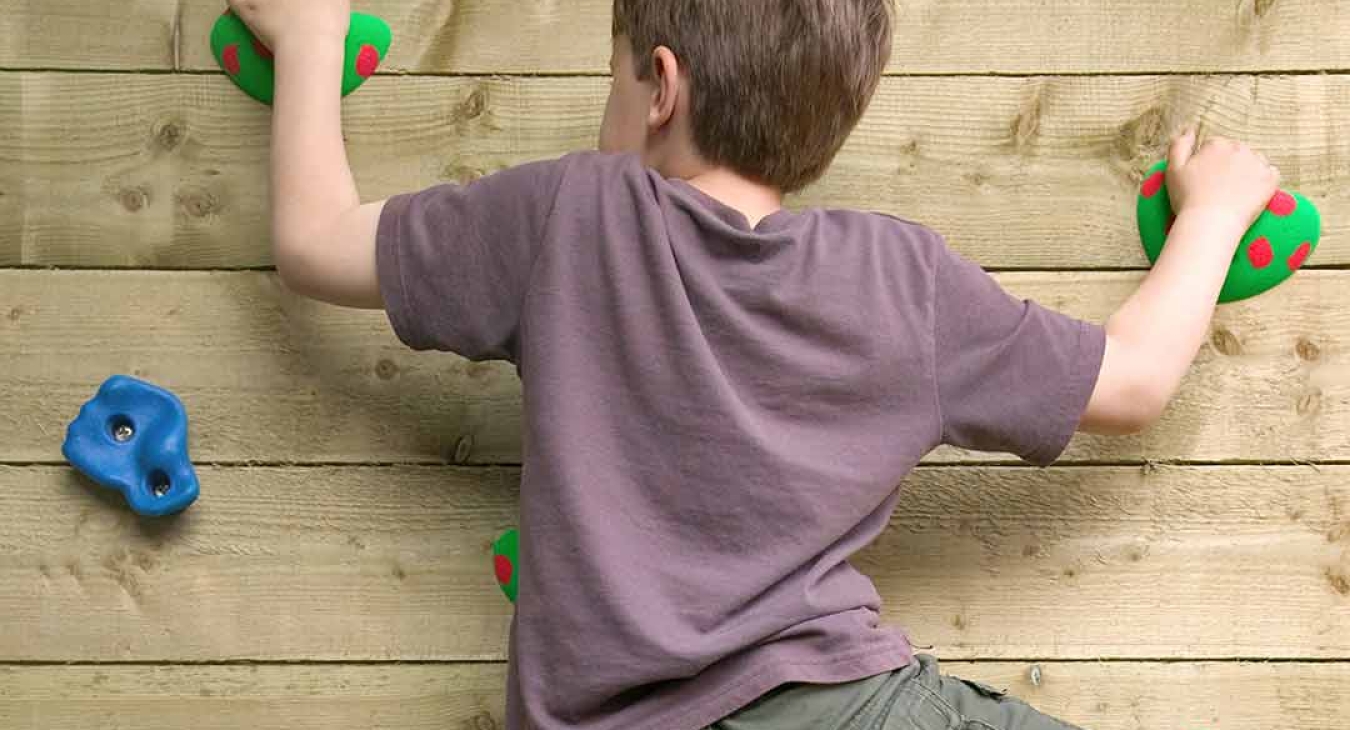
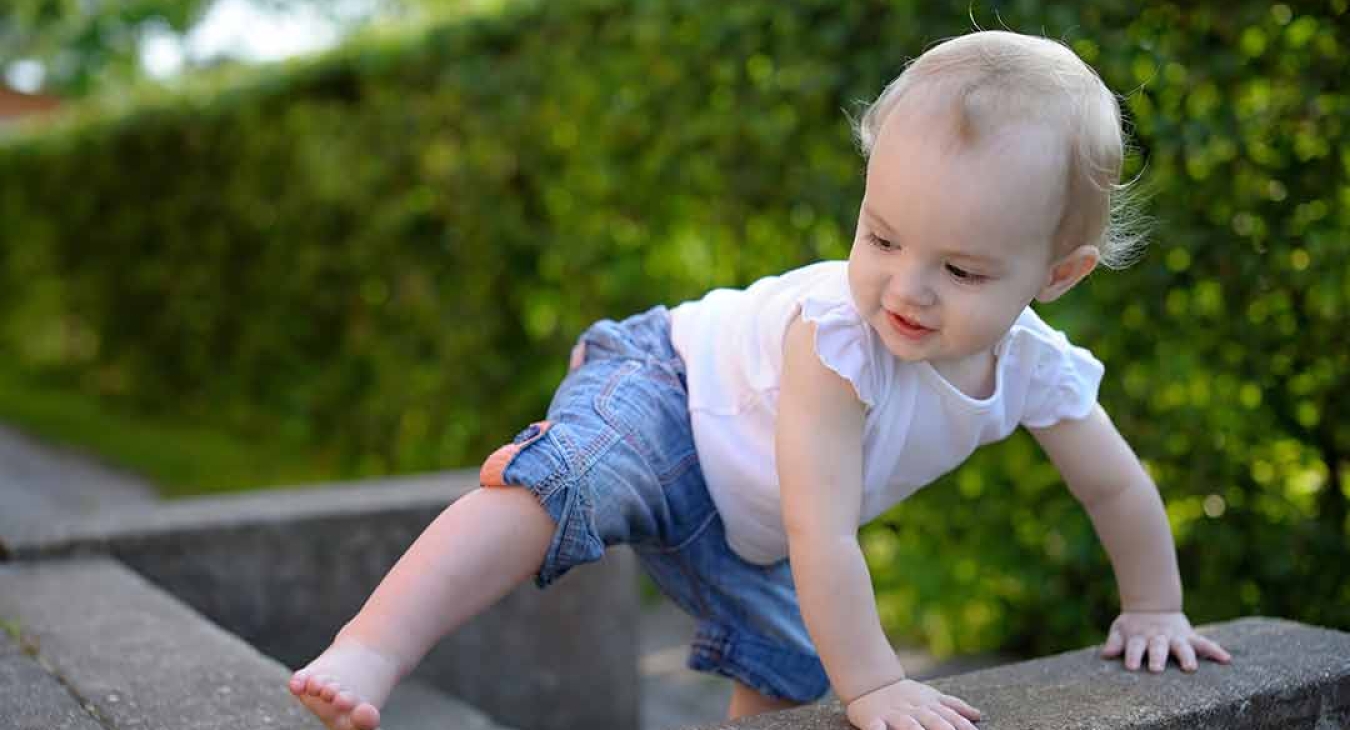
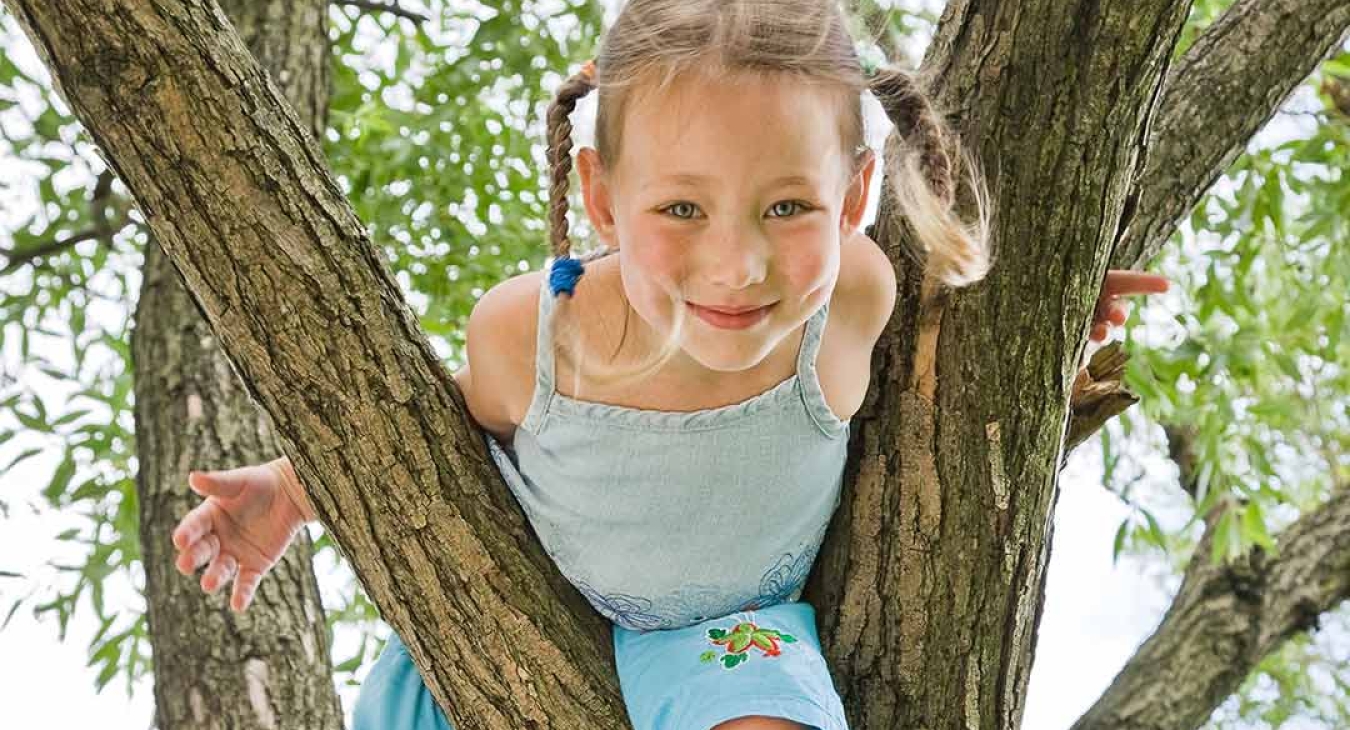

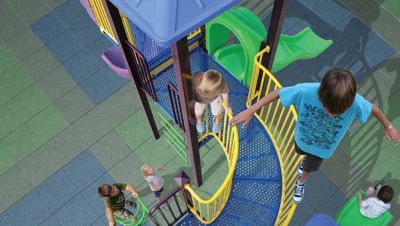
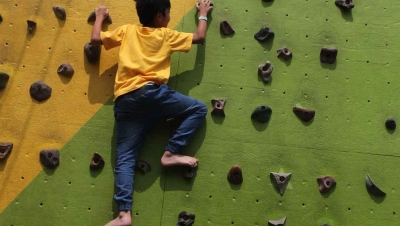









Climbing
Great article! Thanks!
Norm Ellison
Add new comment